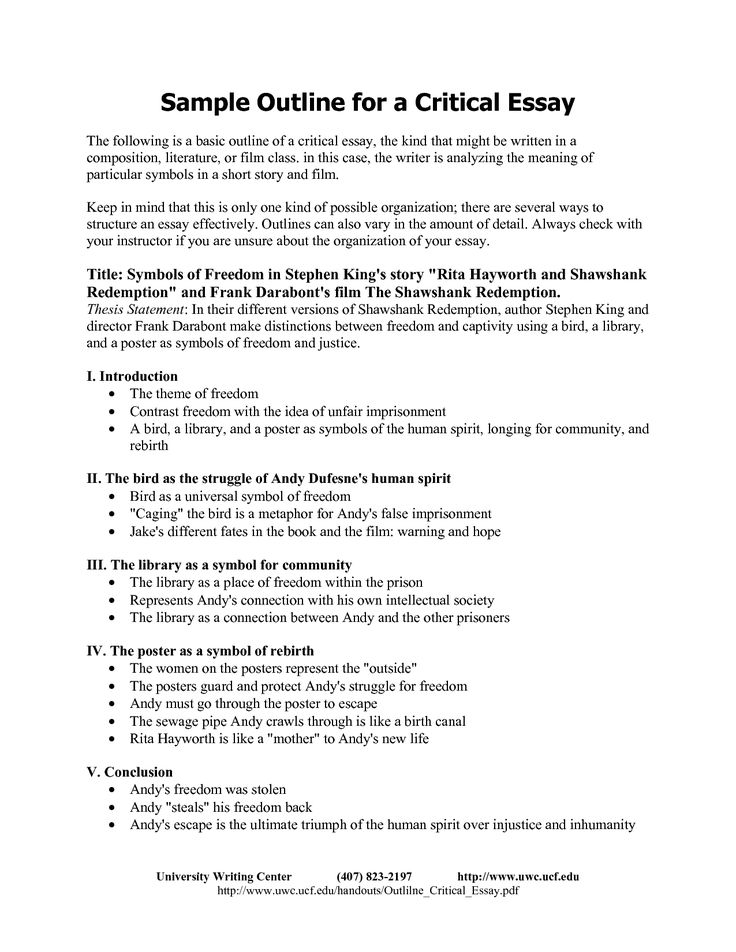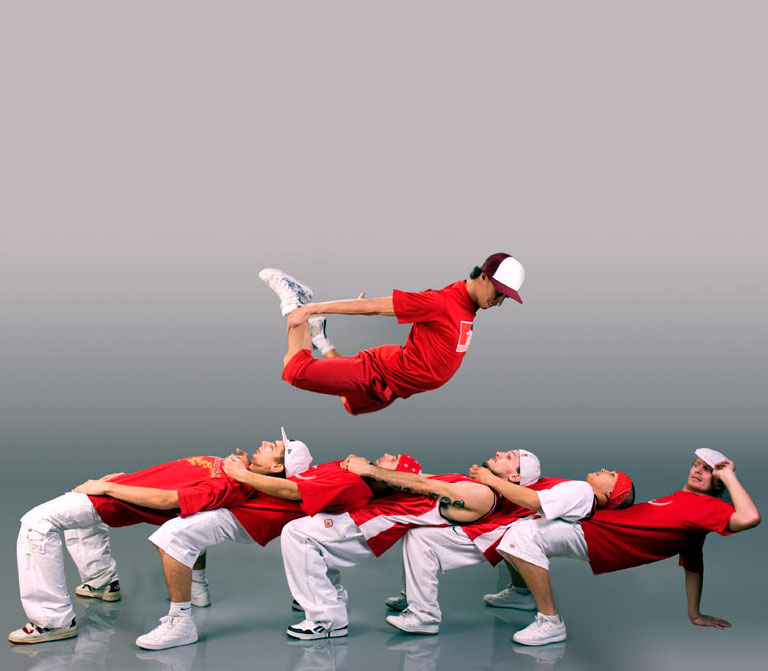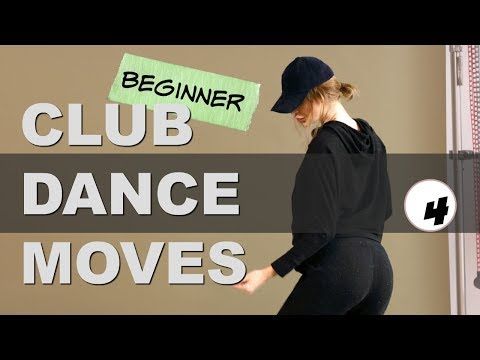How to write a dance critique essay
Dance Critique Essay | Essay About Dance Critique, Dance Concert Critique Essay
Dance Critique Essay: In today’s busy life, people find ways to relieve stress. One of the ways is to observe and enjoy a dance performance. It can be a solo performance by some eminent artist or maybe a group performance by some troupe. There are persons who are quite knowledgeable about dance and critically review the performance to evaluate the quality of the dance and recommend it to the general public. They are the dance critiques who aim at evaluating the techniques, atmosphere, and aesthetics of dance. A dance critique must have the aptitude to watch, listen, and experience the performance with an open mind and involvement.
You can also find more Essay Writing articles on events, persons, sports, technology and many more.
The Elements of Dance
Some basic elements that form the structure of dance performance and creative movement are body, action, space, time, and energy. A thorough understanding of this concept would help the dance critique to identify the core characteristics when reviewing a dance performance. The critique has to focus on the posture or body movement of the dancers that make the presentation elegant and graceful. The gestures made by hands and eye movements convey the feelings and connect well with the audience. Timing or rhythm is a very important aspect of dance to get the synchronized effect that emphasizes the subject. It is like a pattern that follows the mood of the dance.
The Process that a critique follows
The process of critical review of dance requires analysis of several elements and the dance critique must have the ability to explain or clarify the qualitative aspect of all these factors. The review by critique should include the following descriptions about the dance:
- Movement: The flexibility of body actions and gestures by the dancer
- Choreography: The structure of dance and position of dancers
- Space: The movement of dancers through the space
- Performance: The technical and expressive abilities of dancer
- Music: The effect of music to evoke an emotional response
- Staging: The costumes, lighting, and sets used to compliment the performance
A dance performance review by a critique includes some systematic steps as below to explain the performance with detailed analysis.
- Give a general description of the dance performance including the name of the performance, choreographer, the place of dance performance, and the dance style.
- Describe the overall atmosphere created by the performance and put emphasis on characteristics that attracted the most attention. Evaluate the costume, light, decorations, and musical arrangements.
- Discuss the style and choreography, and how it contributed to the overall performance.
- Evaluate the input of the dancers in terms of their techniques, level of skills, and how they synchronize with music and each other.
- Put your own views on the organization, performance, choreography, and other production elements.
- Summing up the opinion backed up by actual experiences and impact on the intended audience.
While reviewing a solo performance, the dance critique must look into the strength and mobility of a dancer to work with different parts of the body together. A good dancer must possess a highly developed skill to know and control the position and state of the body, weight, and balance in motion. The critique should be attentive to every single movement or phase of movements that reflect the style and intention to convey the theme of dance effectively to the audience.
The critique should be attentive to every single movement or phase of movements that reflect the style and intention to convey the theme of dance effectively to the audience.
The Outcome
A dance critique must focus on assessing a performer’s capabilities as well as highlighting the shortcomings and weaknesses. The intention should be not to discourage but to help learn the art and work on areas of improvement for new performers and choreographers. The dance critique can guide the budding artists to formulate new ways for self-improvement and excel in the art form.
Short Essay on Dance Critique Essay
The Role of critique
Dance is not just a physical performance; it’s a representation of social, cultural, and historical outlook. Dancing is a crafted skill attained through dedication, discipline, motivation, determination, and focus. Dance performance critique must acquire a great deal of understanding about the art of dancing. Their honest review and detailed analysis help others to visualize the dance performance without being present there. It builds interest and responsiveness about this particular performance, its style, and its intention. The dance critique needs to have the ability to see the dance not only as a source of entertainment but also realize how it encompasses a great amount of emotion and passion. A good dance performance receives appreciation from the audience because the movements and gestures connect with them. A particular dance can touch the audience on not just a superficial level, but more on an internal level.
Their honest review and detailed analysis help others to visualize the dance performance without being present there. It builds interest and responsiveness about this particular performance, its style, and its intention. The dance critique needs to have the ability to see the dance not only as a source of entertainment but also realize how it encompasses a great amount of emotion and passion. A good dance performance receives appreciation from the audience because the movements and gestures connect with them. A particular dance can touch the audience on not just a superficial level, but more on an internal level.
The Steps
A review by dance critique must contain description, analysis, interpretation, and evaluation about the subject. A description includes the dance piece, whether it’s an individual or group performance, the settings, costume, and music. The analysis can be done on the choreographic process, costume, and background to establish the theme of the dance. Interpreting the dancer’s choreographic styles and the meaning of these conventions can be part of the interpretation process. The evaluation stage gives the overall opinion about the impact of the performance with special mention to individual skills as well as collaborative effort and coordination, as applicable.
Interpreting the dancer’s choreographic styles and the meaning of these conventions can be part of the interpretation process. The evaluation stage gives the overall opinion about the impact of the performance with special mention to individual skills as well as collaborative effort and coordination, as applicable.
Conclusion
A dance performance is the product of creativity, motivation, discipline, and perseverance. It demands physical fitness, stamina, and resilience from a dancer. So the dancer deserves any form of appreciation that improves his/her confidence and self-belief. A dance critique must keep this in mind while presenting his opinion and views.
FAQ’s on Dance Critique Essay
Question 1.
What is the role of a dance critique?
Answer:
The main role of a dance critique is to evaluate the quality of the dance on the basis of certain parameters and recommend it to the intended audience.
Question 2.
What should be the responsibilities of a dance critique?
Answer:
The dance critique must put forward his views with detailed analysis and supporting research and must ensure his opinions are not biased.
Question 3.
How can dance critique help the performer in self-improvement?
Answer:
A dance critique represents the view of the audience and expresses his expert opinions which help the dancer analyze his own performance and work towards improvement.
Essay about Dance Critique Free Essay Example
On October 20, 2013 a dance performance called “Crystal Jubilee” took place in the NMSU Center of arts. It was a combination of several types of dances in which we could see the participation of some dance companies, such as Contemporary Dance Theatre, Dancesport Company and Sol y Arena. As a famous Indian Proverb states, “To watch us dance is to hear our hearts speak”. At the beginning of the performance I was so excited as I usually do not attend this kind of events.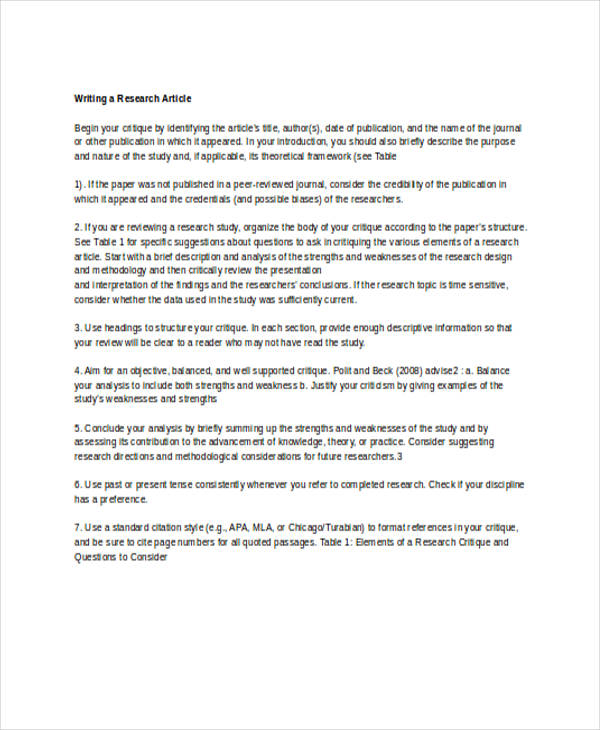
Don't use plagiarized sources. Get your custom essay on
“ Essay about Dance Critique ”
NEW! smart matching with writer
One of the first dances was “Blind Trust”, it was a Latin Dance Style most probably to be rumba, two couples performed in this dance, and they were dressed in a combination of blue. The music was “Track 8” by Police performed by Royal Philharmonic Orchestra. The lights were in a soft mood perfect for the type of dance they performed. The message behind this dance was trust as the title states, before they started dancing they covered their eyes showing the public the trust they had between each other to follow their steps.
The quality of their performance was very good; you could easily tell that they were advanced dancers. The atmosphere of the dance was romantic; it made me feel like they knew each other for a long time I could feel their connection as they were performing. Later two flamenco dances that were performed astonished me.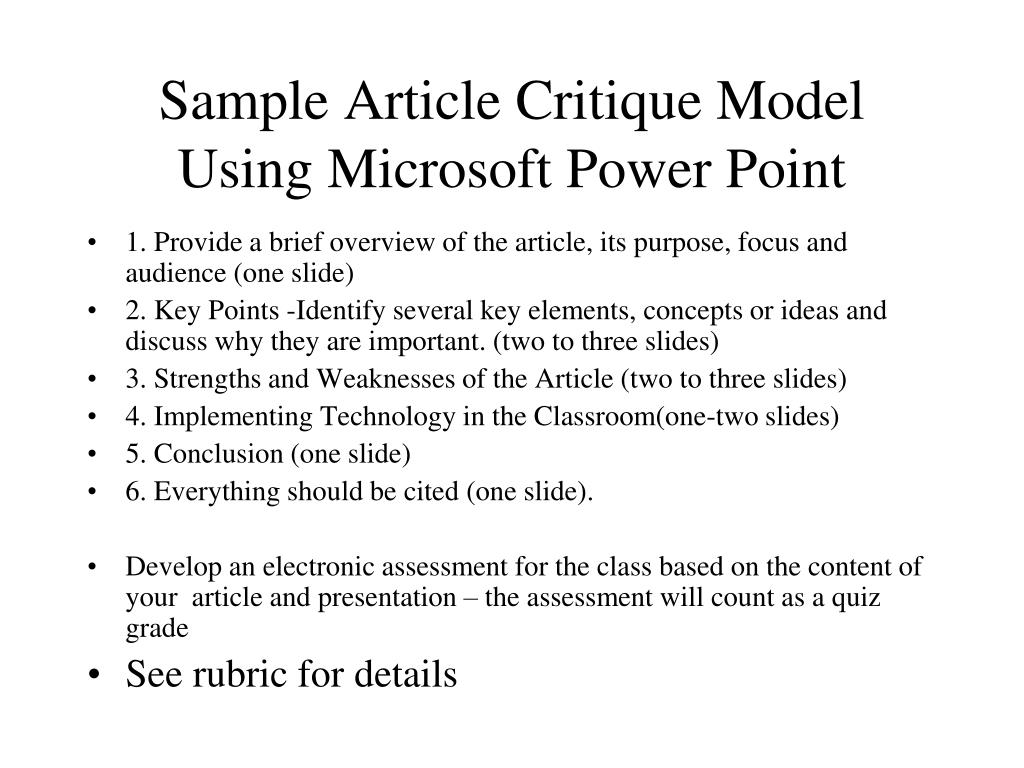 The first one was “Farruca”. The music was “Farruca Solo Compas”. Their costume was the typical large flamenco dress, with their appropriate makeup and hairstyle.
The first one was “Farruca”. The music was “Farruca Solo Compas”. Their costume was the typical large flamenco dress, with their appropriate makeup and hairstyle.
The lights were perfect, as they started you could see their silhouettes performing and later they appeared. The quality of their performance was very good, sometimes they were not coordinated, but they did it with a lot of confidence and security. The atmosphere of the dance was so intense and the sound as they tapped their shoes against the floor you could feel the energy they were transmitting. In addition there was also the dance called “La primera vez” and it was also flamenco. The music was “Fue en Sevilla” by Salamarina.
This dance was as good as the previous flamenco one; you could also feel the intensity of the dance, it was like you just wanted to stand up and start dancing like them. Afterwards I think my favorite dance of the performance took place, it was called “Ode to the Borderlands”. The dance was a combination of several Latin dance styles.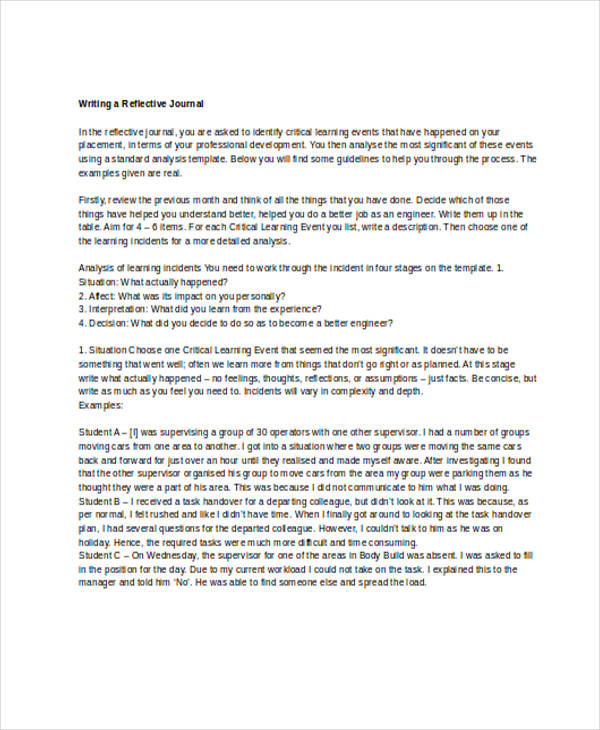 The music was “Arrecotin Arrecotan” by Celia Cruz, “Cuando Piendo en Ti” by Jose Feliciano, “Celia y Tito” by Celia Cruz and Tito Puente. The music was full of happiness and joy you could just smile by hearing to the songs.
The music was “Arrecotin Arrecotan” by Celia Cruz, “Cuando Piendo en Ti” by Jose Feliciano, “Celia y Tito” by Celia Cruz and Tito Puente. The music was full of happiness and joy you could just smile by hearing to the songs.
Their costumes were not so formal but enough to look elegant. I think that the message was just to transmit us energy, happiness, enjoy the dance. The performance quality of the dancers was very good; you could easily tell that they were advanced dancers. The atmosphere of the dance was of cheerfulness, joy, contentment, it made me feel so good, I just wanted to learn more and dance like them. One of the last dances was “Looking Back, Love Song For Mom”. It was a contemporary dance. The music was “I Know You By Heart” by Diane Scanlon and Eve Nelson, sung by Eva Cassidy.
In this dance there was only one performer, the costume was perfect for the message that she wanted to transmit, and the light was good as we just wanted to focus on the dancer. The message was totally clear for the public and it was beautiful, it was a quick view on a mother’s life.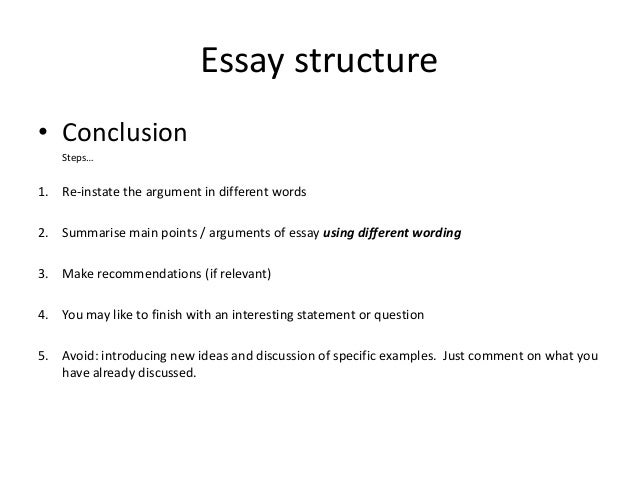 The performance quality of the dancer was excellent. The atmosphere of the dance was of tenderness, it made me feel happy and kind of sad at the same time, because it reminded me my mother and how she has fought for us all these years.
The performance quality of the dancer was excellent. The atmosphere of the dance was of tenderness, it made me feel happy and kind of sad at the same time, because it reminded me my mother and how she has fought for us all these years.
Hubert Williams
Remember! This is just a sample.
You can get a custom paper by one of our expert writers.
Helping students since 2015
How to write an essay in English in {year}: real examples
Contents
- What is special about an essay in English?
- Types of essays and their features
- How to prepare for writing an essay in English?
- How to overcome the fear of a blank page?
- What should a proper work structure look like?
- Introduction
- Main body
- Conclusion
- Design plan
- Paragraphs and connectivity
- Quotes and links
- Stylistic councils
- Useful introductory phrases
- Rules of impeccable work ,
- 5 tips to improve letters
will write an essay on an exam in English? In this article, we will tell you how to do it correctly and taking into account special standards and requirements.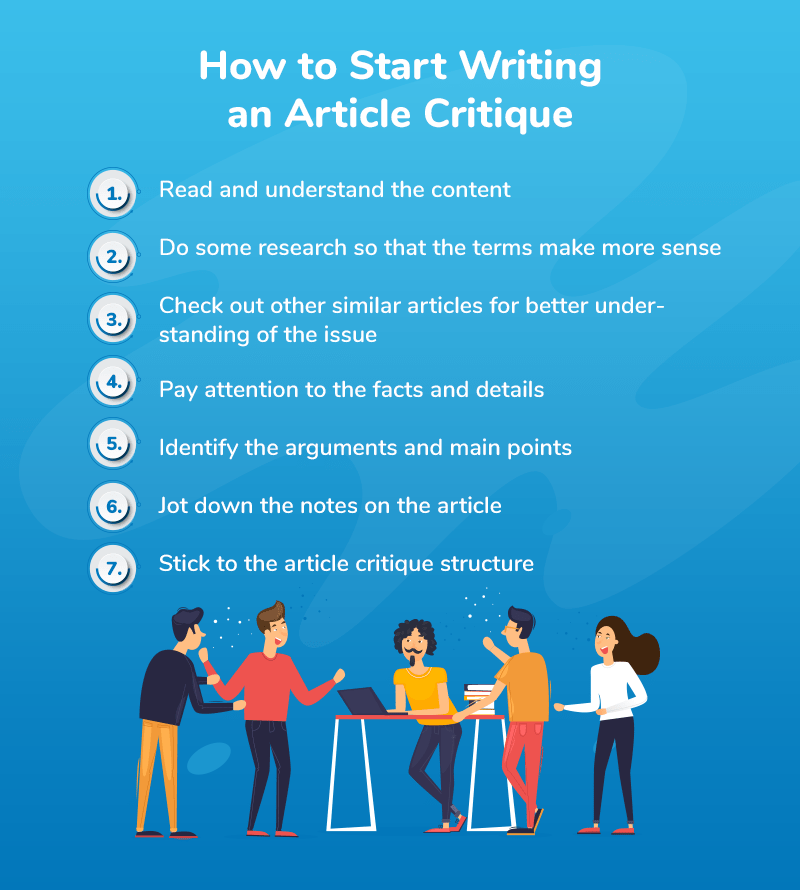
This is a common task for the OGE, at admission, at a university, TOEFL, IELTS, etc. It is well appreciated, because writing in a foreign language on complex and philosophical topics is not easy. At the same time, you still need to correctly state your point of view, to convince that you can reason and know the language.
An important condition for good work and half of success is a confident command of written language. This skill is evolving. We will talk about this in detail at the end of the article.
For and against essays. For or against. In the main part, the author offers arguments, takes a neutral position. In conclusion, you can express your opinion on the issue.
Opinion essays. Opinion. In any kind of work, you express an opinion, but only in this case you consider the problem from different angles. It is important to address all aspects of the problem.
Suggesting solutions to problem essays.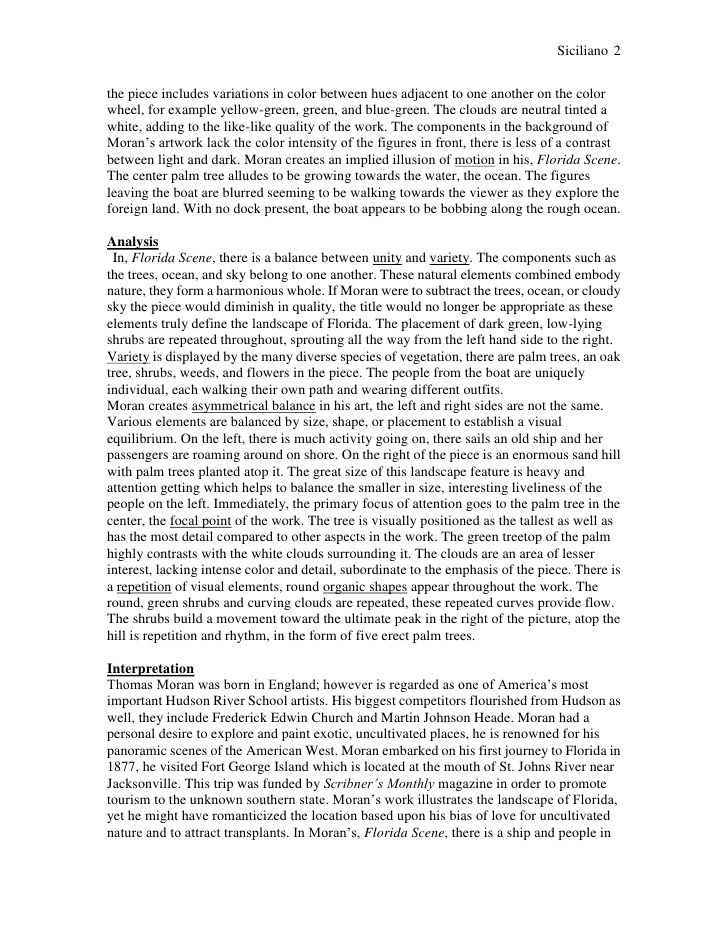 Troubleshooting. Here is a statement that contains a problem. Your task is to find solutions to it.
Troubleshooting. Here is a statement that contains a problem. Your task is to find solutions to it.
It is important to think about the topic in advance and collect material during this time. If you think more, it will be easier and easier to find solutions. You perceive this or that information more clearly.
Do you seem to have no idea what to write about? Calm down, sketch out what you want to say. This practice helps to pull important knowledge from memory, come up with original ideas and draw up a plan for further actions.
It is very important at the preparatory stage to formulate the questions to be answered. Don't worry if they seem general to you: the specific ones will come along as you write. Just start.
The hardest part of any writing job is getting started. Freewriting (free writing) helps to cope with this task. You just write whatever comes to mind. At first, you can ignore spelling, style and punctuation, because in most cases they only get in the way.
Write down everything, even the craziest thoughts, and then figure out how to spell correctly.
It is easier to type on a computer, since then its individual parts can be interchanged depending on the meaning. If you write by hand, then leave space between the lines, then add.
You can do this: cut the sheet with what is written into strips and try to arrange them so that the logic of presentation is not violated. If you can clearly see the structure: introductory, main and final part, the experiment was successful.
This is a small essay on a given topic. Its length varies from 180 to 320 words. The exact amount can be obtained personally from the teacher or in a special manual. It depends on the type of exam: there are international, national, intra-university, etc.
The structure does not depend on the type of exam. It includes:
- name;
- introductory part. From 2 to 4 sentences revealing the name;
- bulk.
 Several paragraphs, where arguments and arguments are given;
Several paragraphs, where arguments and arguments are given; - final part. Up to 4 sentences, where they summarize and draw one conclusion.
It is important to define the topic here. Since it is formulated in the title, it must be rewritten in the introduction with the help of synonyms.
Indicate all existing opinions on the problem, do not describe only your attitude towards it.
For the description, use neutral constructions that will indicate objectivity.
The introduction reveals the key concept, indicates which aspects will be considered.
Examples of how to start writing an essay in English:
Here the author shares his thoughts on the topic. It is important that the arguments and arguments are given strictly sequentially. Examples should confirm what has been said and express it illustratively.
Various opinions and judgments other than those of the authors are required. It is necessary to indicate on what points you disagree, provide weighty evidence and examples.
All text should be divided into logical paragraphs. The last sentences serve as a smooth lead to the conclusion.
Basic clichés:
Summarize and confirm that everything you say is true. If you cannot or do not want to give a clear answer, you can answer evasively, but with the perspective and consequences of the problem under discussion.
It is advisable to end the essay with a list of ideas based on the introduction. But do not repeat yourself, but try to express the idea in a different way.
Drawing conclusions is the hardest thing. From them you can understand how much you know how to think critically, highlight the main thing and cut off the unnecessary.
There are phrases for this:
We have already talked about spelling and punctuation errors that should not be. You can check the text for literacy using the text.ru service.
Remember: a new paragraph is a new aspect. At the same time, paragraphs may relate to different aspects, but be linked in meaning.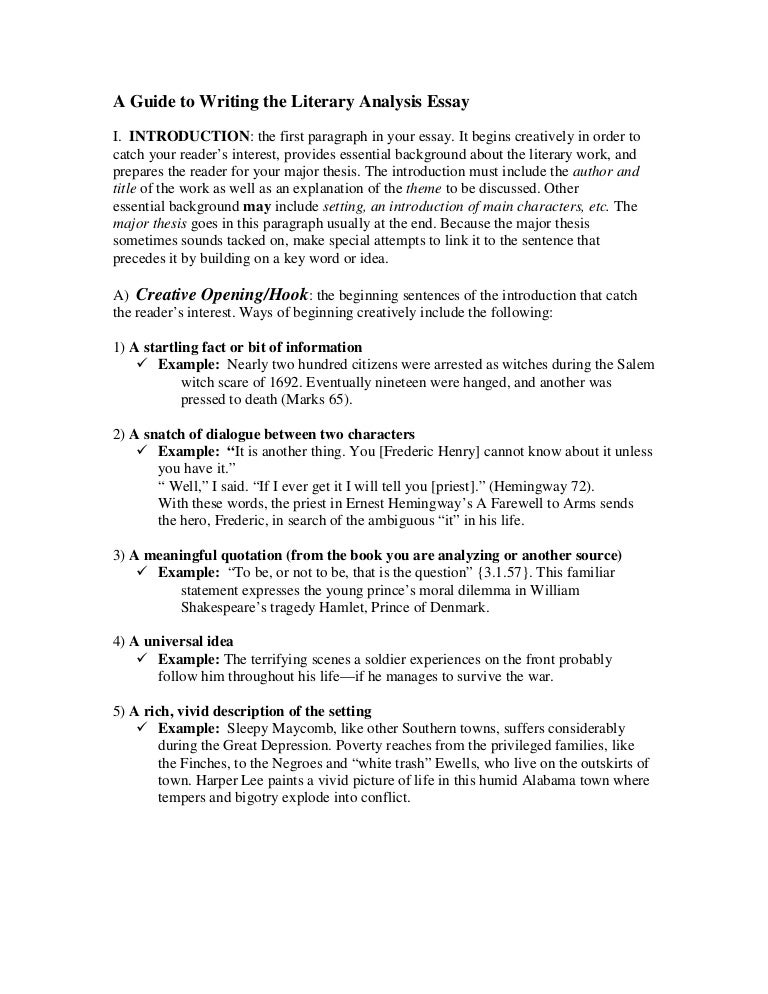 For example, one of them will list the positive aspects of something, and the other will list the negative ones.
For example, one of them will list the positive aspects of something, and the other will list the negative ones.
The first sentence plays the role of an introductory one, it tells what will be discussed next.
Introductory constructions and special connecting words responsible for various functions are responsible for connection:
- contrast. On the other hand, but;
- supplement. In addition, moreover, similarly;
- list. After that, then;
- give an example. That is, for example;
- conclude. consequently, as a result.
If you want to confirm what was written with a quote or link, you must indicate its author and the date of publication of the original source. This applies to direct and indirect quoting.
Sample:
According to Oliver (2004), all that remains for us while our planet is hanging out somewhere in space is to relax and love each other.
or: All that remains for us while our planet is hanging somewhere in space is to relax and love each other (Oliver 2004).
Still wondering how to write an essay in English? It's simple: you understand the material and have a clear plan with you.
The second half of success is the ability to stick to the desired style. This means that in your work you use simple and light expressions, a minimum of terminology and heavy vocabulary, and do not make mistakes.
Always be aware of the differences between spoken and written language. Add more adjectives and adverbs, as they make the text more emotional.
A few more stylistic tips:
- stick to the academic writing style . Without pronouns, generalizations and with a minimum of verbs;
- avoid means that are used in colloquial speech . For example, don't abbreviate it's. don't, aren't, etc.;
- be objective . Impersonal constructions, passive voice, modal verbs will help with this;
- make sure the text is connected .
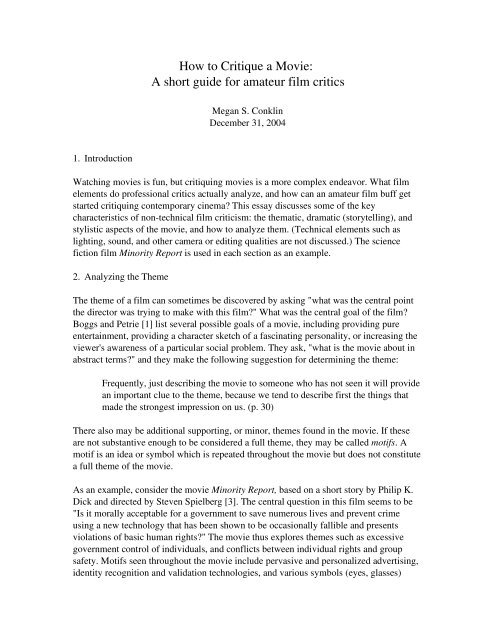 Move from thought to thought smoothly.
Move from thought to thought smoothly.
- Follow the structure of . It is important to immediately determine the type of work and draw up a detailed plan. Go from point to point in the structure so you don't miss anything.
- Start a draft . In it, you can outline the thesis thoughts that will serve as the basis for the future text. A kind of brainstorm will help you find the right thread and draw up an essay design plan.
- Prepare for any task . Reading books, memorizing new words will help in this matter.
- Consider the time needed to check . Errors in the work are not welcome, and no one reduces points for accurate corrections.
- Select style . Any template is built on a semi-formal or, in some cases, formal style. You can read how these styles differ. No slang or abbreviations.
- Write about case .
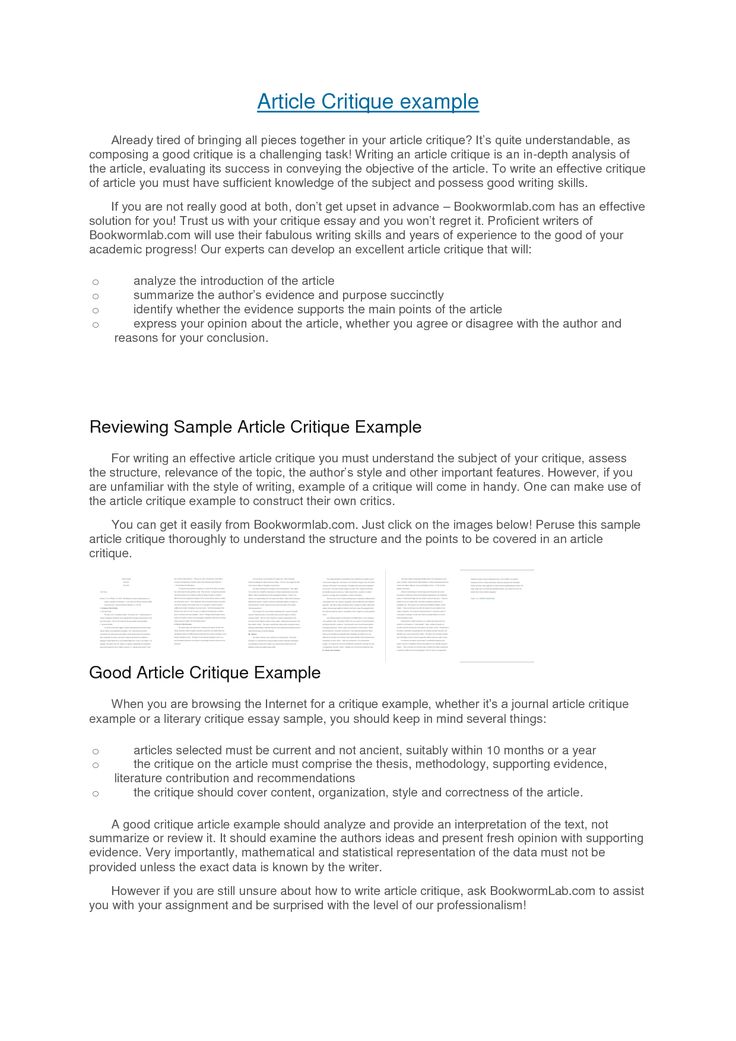 Long descriptions do not work and only reduce points.
Long descriptions do not work and only reduce points. - Justify . One strong argument is stronger than a dozen beautiful expressions. In addition, the arguments will confirm that you are oriented in the material.
- Link parts with special words . They show the contrast and sequence of thoughts. See the list on Speakasap.com.
- Experiment with vocabulary and grammar . Add in more synonyms, complex constructions that will show your level of language proficiency.
- Be correct . Move away from controversial issues (politics, religion, etc.), the discussion of which may hurt someone's feelings. If you really want to speak out, do it tolerantly.
- Do not need to be categorical . Constructions like "I am sure that ...", "I know that ..." replace with "I think that ...", "I think that ...".
- Do not use abbreviations .
 Do not instead of don't.
Do not instead of don't. - Avoid there is/there are .
- Forget about the words very, really, so, a lot for a while .
- Follow the ratio of passive and active voice .
- Use strong verbs : Instead of he gave assistance my friend, write he assisted my friend.
And one more bonus tip: an essay in English in 2021 will be different from what was written in 2020. First of all, the design. Therefore, we do not recommend taking ready-made from the Internet.
If you're having trouble writing, ask the Studently experts for help.
what is it, how to write, structure, plan, sample
As a creative direction, an essay has many similarities with a classical essay. But such a work also has differences, which lie in the features of the structure, writing rules and some other characteristics. We offer you to get acquainted in detail with the specifics of writing an essay, as well as learn about useful tips for doing excellent quality work.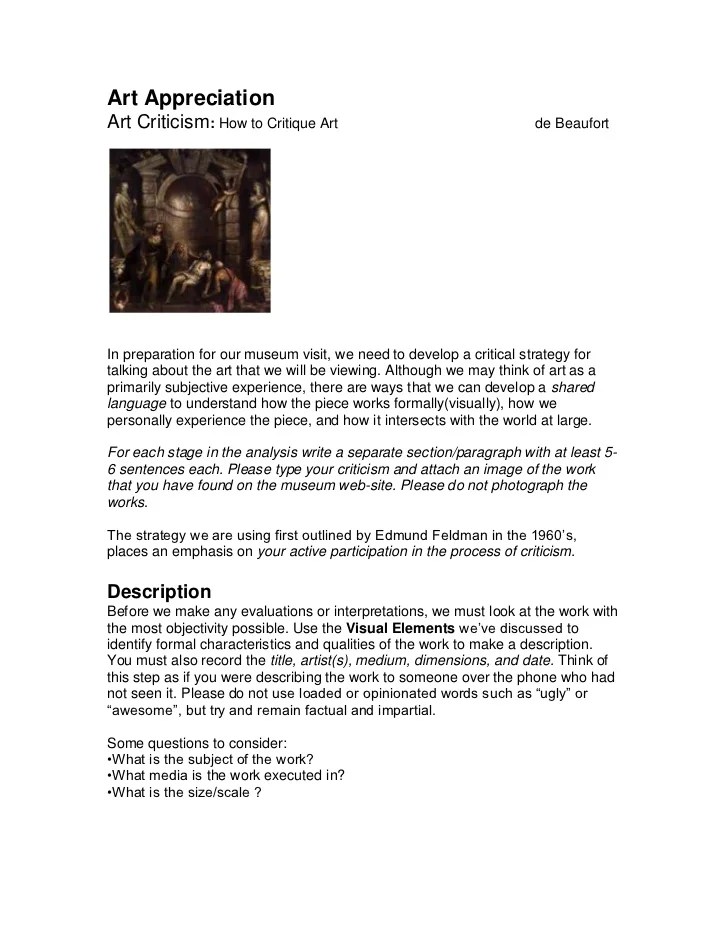
What is an essay
An essay is a prose essay, characterized by a small volume and free composition. In the work, the author expresses his own impressions and thoughts on a specific occasion or issue, without claiming to be a defining or exhaustive interpretation of the subject.
Source: avatars.mds.yandex.netAccording to L.P. Rat, an essay is an essay in which any problems are treated in a free form. The "Big Encyclopedic Dictionary" defines an essay as one of the genres of philosophical, literary-critical, historical-biographical, journalistic prose. In it, the author expresses his individual position in a casual, colloquial speech-oriented manner. 2022
The word "essay" from the French language "essai" is translated as "experience", "test", "sketch", "essay". Historically derived from the Latin word "exagium" or "weighing".
Like any literary genre, the essay has specific features. Some features of this work include:
- specificity in the choice of topic;
- expression of the subjective opinion of the author on some issue;
- suggests a new, subjectively colored word about something;
- content is based on the worldview, thoughts, feelings of the author.

M. Montaigne, the author of the work "Experiments", published in 1580, is considered the creator of the genre. Essays have been very popular lately. Such essays are often offered as assignments to students in secondary schools, technical schools, and universities. The authors participate in competitions of various levels, demonstrating talent and professionalism in this direction. The experience gained as a result of such work will be useful in the future, will help to actively develop their own communication skills and the ability to correctly express thoughts using:
- selection of clear language;
- structuring information;
- use of basic concepts;
- allocation of cause-and-effect relationships;
- illustrations of experience by means of specific examples;
- argumentation of conclusions.
The most relevant topic for young professionals is "The Future Profession". Based on the quality of the essay about a career, future employers evaluate the level of thinking, creativity, enthusiasm and potential of the candidate. The most effective way to write a good essay is to express your thoughts directly and frankly, to be honest with yourself.
The most effective way to write a good essay is to express your thoughts directly and frankly, to be honest with yourself.
What is the difference between an essay and a composition
An essay is confused with a classical essay, not without reason. There are indeed similarities, but there are significant differences as well. Features of creative work called essay are as follows:
- the composition is built in an arbitrary way;
- the main purpose is to encourage readers to think;
- the work is written on a specific topic;
- work is small.
The essay is characterized by a given theme and a clear structure. Readers can be in solidarity with the author or disagree with his opinion, in contrast to an essay, where the basis of creative work is the author's understanding of the problem and his subjective opinion regarding the solution of the issue.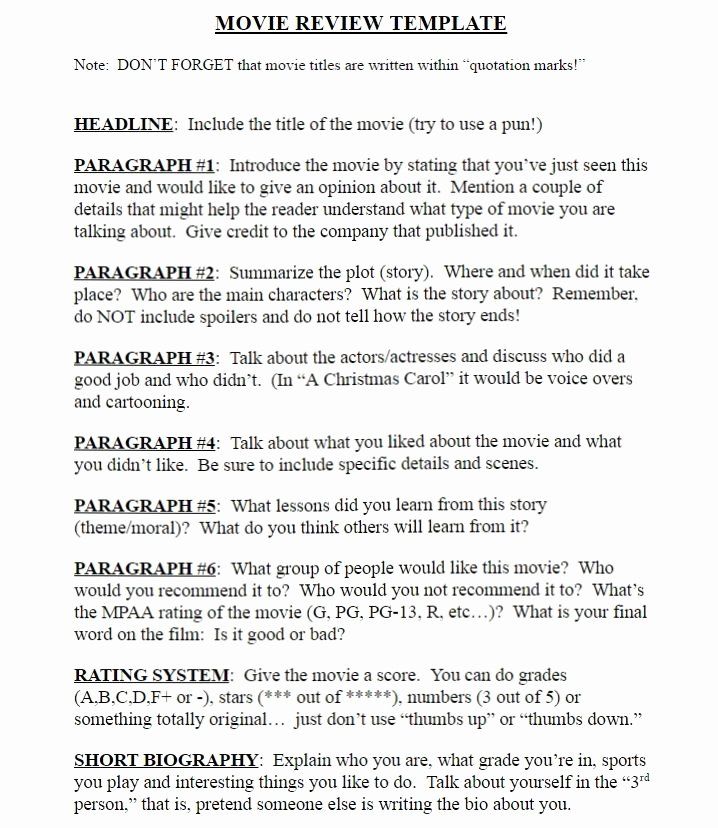 Writing an essay requires a clear and competent formulation of thoughts, structuring information, argumentation of conclusions, personal position. The work should not be banal and boring. Success in this genre depends on establishing a trusting relationship with the reader.
Writing an essay requires a clear and competent formulation of thoughts, structuring information, argumentation of conclusions, personal position. The work should not be banal and boring. Success in this genre depends on establishing a trusting relationship with the reader.
Types of essays
Essay as a literary genre, includes various directions. There are several classifications of such a work according to certain criteria. The standard methodology distinguishes two main groups:
- an objective essay that analyzes a specific direction, supported by some facts;
- is a subjective work that reflects a personal point of view on a competitive issue, not supported and does not claim to be true.
For example, an essay on the topic "Formula of water" for the exam will belong to the first category. If the author reflects on the existence of UFOs, then such a work is subjective. Based on the content, works are divided into several categories:
- philosophical;
- critical;
- literary;
- historical;
- artistic and others.
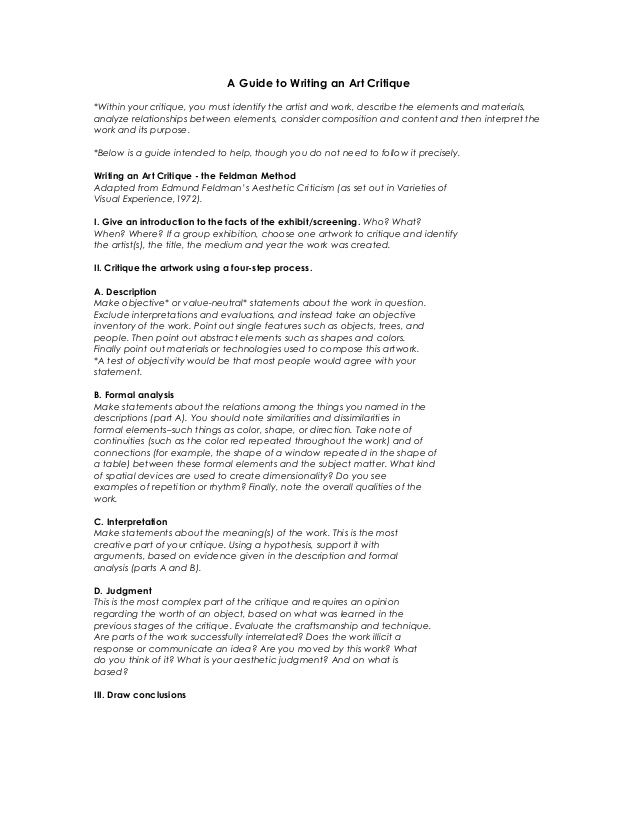
Based on literary form criteria, essays are classified into the following types:
- miniature;
- note;
- review;
- essay;
- letter and others.
Artwork may differ in compositional features. From this point of view, essays can be:
- descriptive;
- narrative;
- reflexive;
- critical;
- analytical and others.
Based on the classification of works, we can say that the essay is a fairly broad direction. Despite the various categories, the main feature of the genre remains unchanged, which is the obligatory presence of the author's opinion or observation underlying the essay.
Basic rules for writing
Writing an essay does not involve following strict rules. Formally, all you need to do is write a title. The structure of the work, as a rule, is arbitrary. Since this is a written work of a small form, it is not required to repeat the conclusions on the topic at the end of the work, they can be included in the main part or title. The author can give arguments, prove the correctness of his own point of view before formulating the problem, which often coincides with the final conclusions.
The author can give arguments, prove the correctness of his own point of view before formulating the problem, which often coincides with the final conclusions.
The essay is a remark addressed to the prepared reader. The target audience already has an idea about the theme of the work. Therefore, the author does not clutter up the work with a statement of service details, he can focus on the disclosure of the issue.
In some cases, strict requirements are imposed on the design of an essay. Compliance with the standard rules for writing a work is required from students of secondary, vocational and higher educational institutions. Basic recommendations for composing text in the Word editor:
- Times New Roman, size 14;
- line spacing 1.5;
- indent for the first line 10 millimeters;
- the size of the left margin is 30 millimeters, the right margin is 10 millimeters, and the top and bottom margins are 20 millimeters.

The first page of the essay is the title page. It is designed according to generally accepted standards. The word "ESSAY" is placed in the center of the sheet and printed in large letters.
Essay title page example
Source: rosdiplom.ruThe title page is followed by a page with the content of the work. Headings are formatted correctly with capital letters. The numbering is in Arabic numerals.
Essay content example
Source: 900igr.netAt the end of the essay, you must print a list of sources used. It is on a separate page.
Sample list of used essay sources
Source: obrazovan.onlineChoice of topic
Many authors face the problem of choosing a topic for an essay. It is necessary to choose from a variety of questions that are really interesting to the writer. An effective way to solve such a problem is to search for amazing facts, phenomena, patterns in ordinary things or events. When the topic of the essay is formulated, it is important to write down the title so as not to forget it. The author is not limited in choosing the subject of the work, which may reflect his individual interests, life position, fears or dreams. Common Topics:
The author is not limited in choosing the subject of the work, which may reflect his individual interests, life position, fears or dreams. Common Topics:
- You can select an event as the subject. This is a relatively simple task, since something is constantly happening around a person. If you write about an event that happened recently, it is easy to describe its details without missing important details.
- Quite often, the authors consider any situations and use the method of "detachment", that is, they analyze familiar things from a new angle.
- Remembering his own impressions received in the past tense, the writer manages to discover topics that are important and interesting to him.
- Experiences are inner events that are much deeper than other impressions. Making sense of experiences allows you to immerse yourself in a topic and reflect on important personal issues.
In search of a topic for an essay, authors often pay attention to people, the events that happened to them, their impressions and experiences.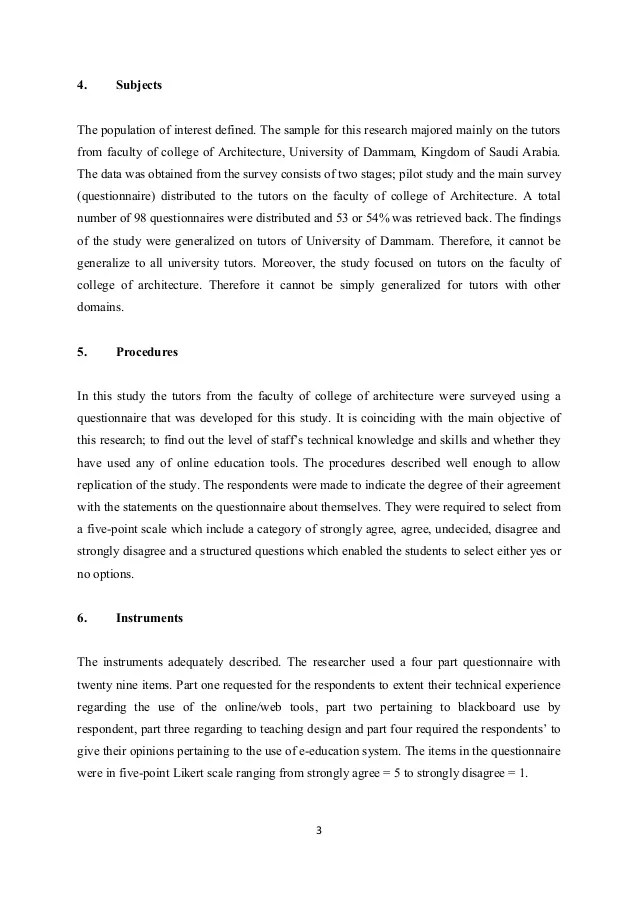 In this case, it will be useful for the writer to personally communicate with the future heroes of the work. Essay topics can be based on any subjects. An interesting solution is a new look at familiar things.
In this case, it will be useful for the writer to personally communicate with the future heroes of the work. Essay topics can be based on any subjects. An interesting solution is a new look at familiar things.
Structure
There are no special requirements for the structure of the essay. To simplify the work with the material and structuring information, you can follow the standard rules:
- thoughts on the topic of the essay are presented in the form of brief abstracts;
- each thought is accompanied by evidence, that is, after the thesis, the author gives arguments.
Arguments can be presented in the form of facts, phenomena of social life, events, life situations and experiences, scientific evidence, references to the opinions of scientists. It is advisable to use two arguments for each thesis, since less evidence is not convincing, and more violates the principles of writing an essay, such as brevity and imagery.
Theses and arguments are determined by the theme, the plan of the work, the logic of the development of thought. The work is carried out according to the ring structure, corresponds to the algorithm:
- Introduction.
- Thesis and evidence.
- Thesis and evidence.
- Thesis and evidence.
- Output.
The number of thoughts and arguments may vary depending on the individual characteristics of the work. The main aspects to consider when writing an essay:
- in the introduction and conclusion, the author needs to focus the reader's attention on the topic;
- the introduction involves posing a question, and in the conclusion the writer summarizes his own opinion;
- when writing an essay, it is necessary to highlight paragraphs, red lines, establish logical connections so that the work looks holistic;
- presentation style can be emotional, expressive, artistic.
Before you start writing a work, you should ask yourself about the content of the essay.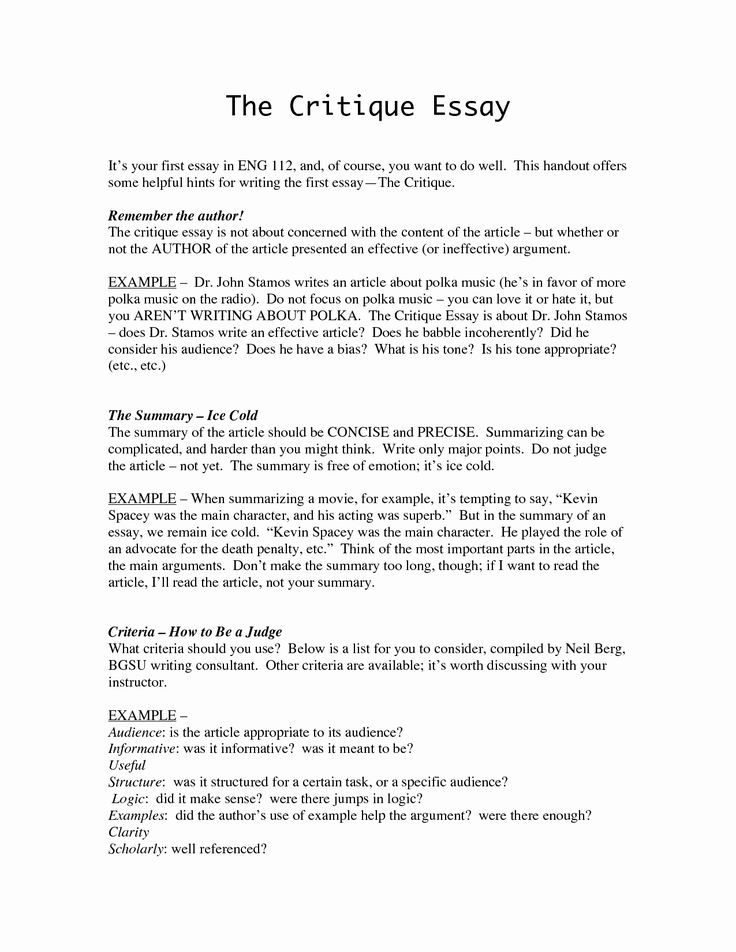 For example, you can prepare short answers to one or more questions:
For example, you can prepare short answers to one or more questions:
- How am I different from other people?
- Why do I mind my own business?
- Why did I remember this event?
- How did the event affect my personality?
- Why am I interested in this person?
- Would I like to be in this person's place?
- What have I learned from this situation?
Effective wording of thoughts, the use of short, simple sentences of various intonations will help to interest the reader. Style reflects the personality of the author.
Volume
There are no restrictions on the volume of essays. If the author writes works in the process of studying in any educational institution, then usually the text goes to several thousand characters. Journalism is characterized by smaller volumes.
The essay should be of such a size that the author can fully express his thoughts. But at the same time, one should talk about the most important thing, so that the reader does not get bored while getting acquainted with the text.
Literature implies the complete freedom of the writer, so an essay in this case can consist of one phrase or serve as material for an entire book. The author is limited to a specific topic and problem, which mainly determines the volume of the work.
Common phrases and clichés
There are common phrases that are often used when writing an essay. Such clichés are universal in application, they allow you to express your own thoughts as competently and clearly as possible. Templates for the introductory part of the work:
- the author of the statement means that…;
- The quoting author raises the question of …;
- this topic is relevant for the reason ...;
- in our time can often be observed ...;
- in my life I have repeatedly encountered the problem ...;
- the problem is relevant not only for me personally, but for the whole world;
- this statement suggests the idea .
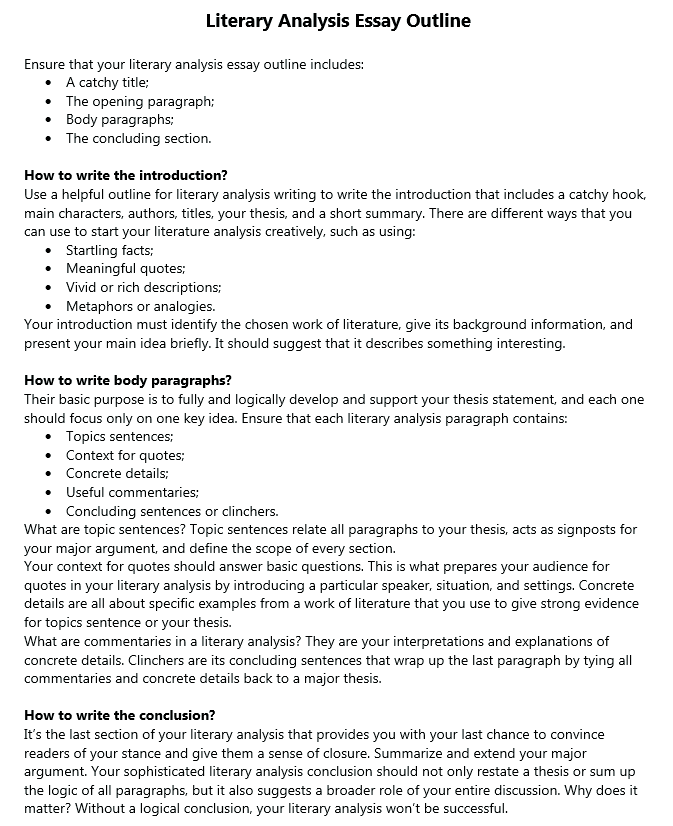 ..;
..; - categorically disagree with the opinion ...
In the main part, the author, as a rule, reveals the topic using terms and definitions. Often examples from real life, experiences, practices are described. To present information and reasoning, writers resort to using the following phrases:
- considering the problem in theory ...;
- the theoretical argumentation of the problem lies in ...;
- should consider the issue from different angles ...;
- it is possible to prove the statement with the help of examples...;
- after considering the issue, based on personal experience, I concluded ...;
- in confirmation of my point of view, let's turn to ...;
- we use vivid examples from history as evidence ...;
- in our life you can find many examples ...
In conclusion, the author re-formulates the problem and presents the final conclusion on the topic of the essay. Exact copying of the wording of the question that was given in the introduction should be avoided.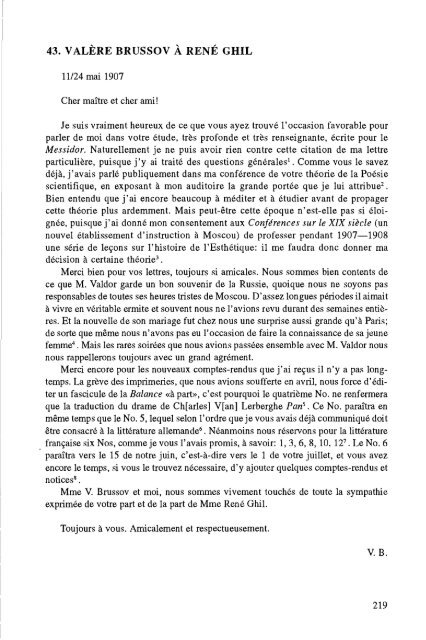 A few popular clichés will help to sum up effectively:
A few popular clichés will help to sum up effectively:
- from the above we can conclude ...;
- thus...;
- in conclusion I would like to note ...;
- summing up, we can say ...;
- based on the above, it can be argued that ...
Writing errors
This genre does not include the multiple-choice format (multiple choice answers are not offered when writing an essay). The performance of the work is not limited by time frames. It is allowed to rewrite the text to correct shortcomings and adjustments. An effective solution is a trial reading with friends or relatives for a preliminary assessment of the work. A responsible approach to writing is the key to the success of an essay. However, authors often make the following mistakes:
- neglect of the literacy check of the text, the absence of ambiguous expressions, unsuccessful formulations and similar shortcomings;
- insufficient number of details, tedious introduction, listing of theses without argumentation;
- ideas that are not related to the topic, the repetition of the same thoughts, a lot of words that divert the reader's attention from the main issue;
- use of too long and complex phrases;
- incorrect use of terms.
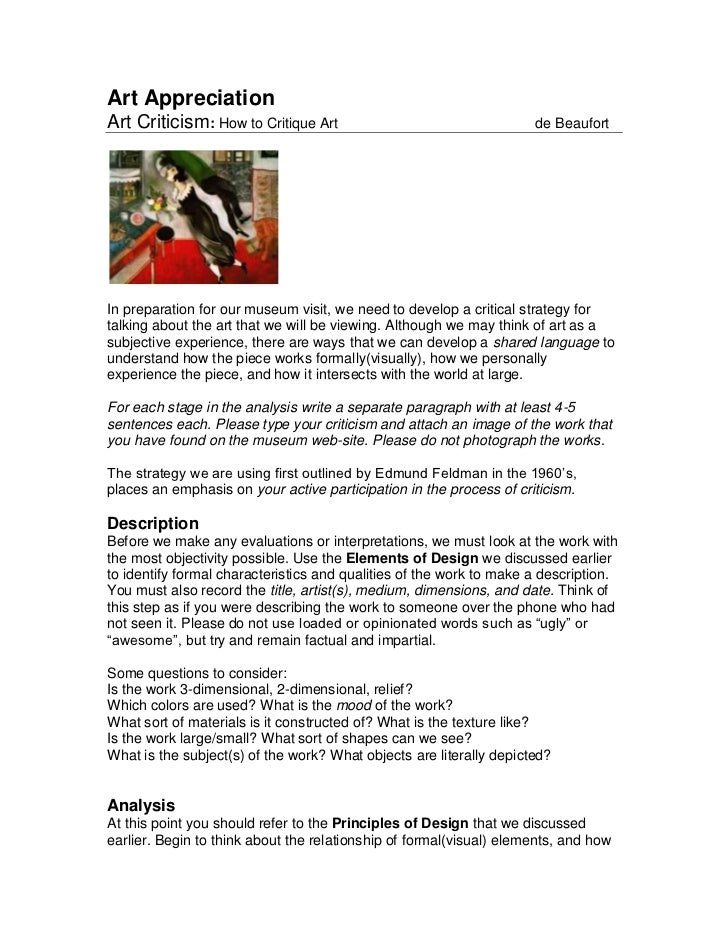
It is important that the essay be written in a language accessible to a wide audience. Proper presentation of information will help to better convey the thoughts of the author, to convey the main idea to the reader. Checking for errors will not take much time, it will allow you to identify and correct shortcomings, which will positively affect the result of the work.
Sample essay
Source: i0.wp.com An essay is a great way to practice structured thinking. This valuable quality is useful in the professional activities of any modern specialist. Creative people, through practice in the popular genre, learn to control the stream of consciousness and develop their imagination. The main thing when writing an essay is to formulate an idea and argue it qualitatively, which will definitely come in handy for a person in work, study, and personal life. Competent and constructive formulation of thoughts is an important communication skill with which the author interacts with the interlocutor.